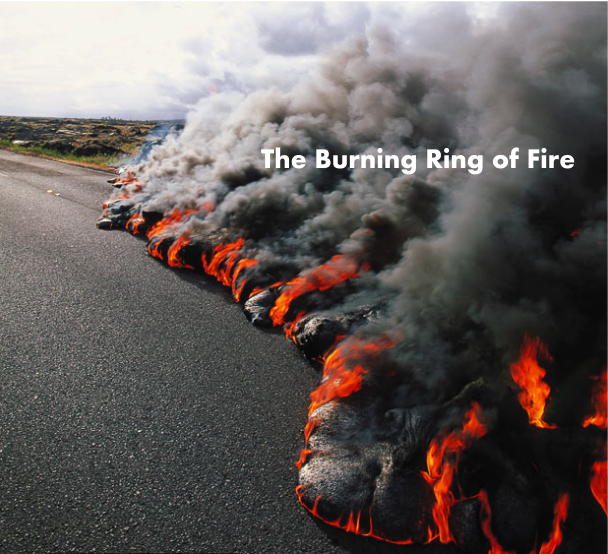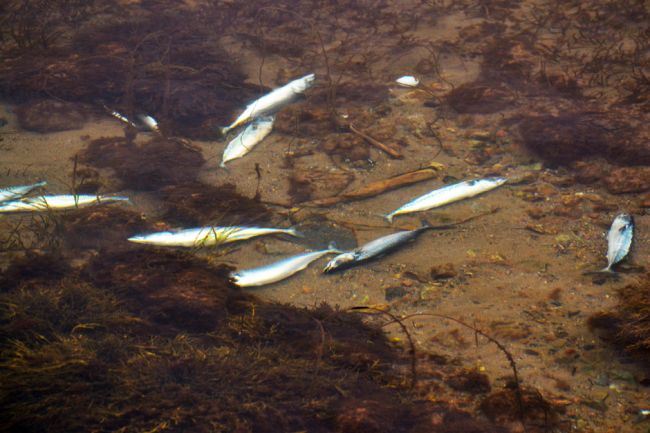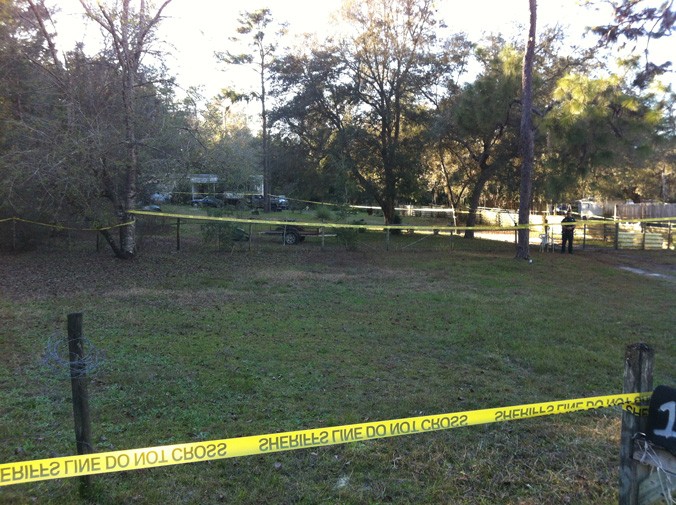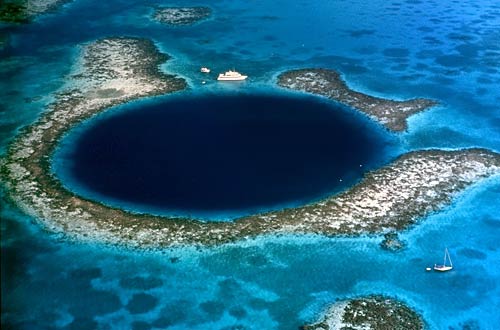
© Extinction Protocol
The
Hawaii Tribune-Herald reports an active breakout of the Kilauea Volcano lava flow that began June 27 advanced about 120 yards toward Highway 130. An update Saturday from the Hawaii County Civil Defense said the original flow front and south margin breakout remain stalled. However, a breakout along the north side of the flow remains active and has advanced down slope below an area near the stalled front. The leading edge of the breakout was 0.4 miles from Highway 130 and west of the Pahoa police and fire stations. The Civil Defense agency says dry weather is likely to keep brush fires a concern.
Source: Fox 8
Tonga underwater volcano creates new island: A Tongan volcano has created a substantial new island since it began erupting last month, spewing out huge volumes of rock and dense ash that has killed nearby vegetation, officials said on Friday. The volcano, about 65 kilometers (40 miles) northwest of the South Pacific nation's capital Nuku'alofa, rumbled to life on December 20 for the first time in five years, the Lands and Natural Resources Ministry said. It said the volcano was erupting from two vents, one on the uninhabited island of Hunga Ha'apai and the other underwater about 100 meters (328 feet) offshore.
The ministry said experts took a boat trip to view the eruption on Thursday and confirmed it had transformed the local landscape. "The new island is more than one kilometer (0.6 mile) wide, two kilometers (1.2 miles) long and about 100 meters (328 feet) high," it said in a statement. "During our observations the volcano was erupting about every five minutes to a height of about 400 meters (1,312 feet), accompanied by some large rocks... as the ash is very wet, most is being deposited close to the vent, building up the new island."
It said ash and acidic rain was deluging an area 10 kilometers (6.2 miles) around the volcano, adding: "Leaves on trees on Hunga Tonga and Hunga Ha'apai have died, probably caused by volcanic ash and gases." A number of international flights were cancelled earlier this week amid concerns about the volcano's ash plume but they resumed on Wednesday, with authorities saying debris from the eruption was not being thrown high into the atmosphere. "Tonga, which is almost 2,000 kilometers (1,243 miles) northeast of New Zealand, lies on the so-called Pacific "Ring of Fire," where continental plates collide causing frequent volcanic and seismic activity.
Source: Discovery News



Comment: Other reports of dog attacks on family members for the past year: Man mauled to death by his own dog in Frederick, Maryland
4-year old boy savaged by family's rottweiler in New Port Richey, Florida